
As pet parents we want the best for our pets, right? Imagine you just got home and saw your dog scratching. The first thing that pops in your mind is fleas. Pet parents should dread these but often make the mistake of confusing itching caused by fleas to normal dog behavior.
Usually when pet parents inspect the area where their dog is itching, they may not know what they are looking for. That's where we at Rexipets come in the picture.
Today, we're going to tell you what fleas look like.
Fleas are wingless insects uninvited onto a host animal. They suck red blood cells from the animal like vampires. Sounds horrifying right? Well, it is.
To detect if your dog or cat has fleas with the naked eye, stay stunned and read more about these six-legged insects.
How To Spot Flea Bites On Your Dog?
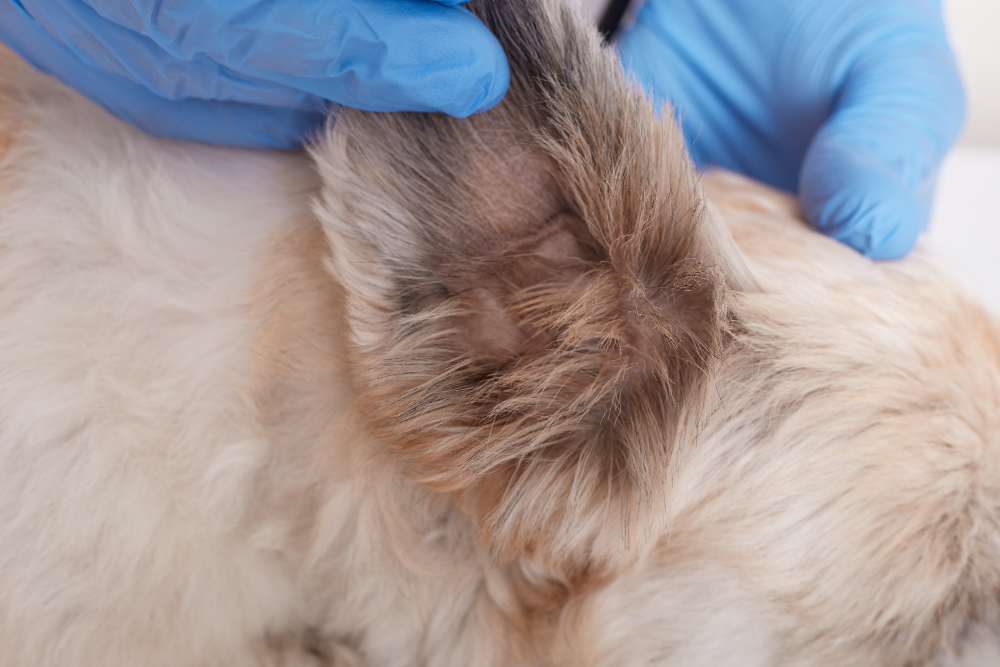
As we mentioned before, fleas are like little vampires who suck blood from our fur babies. Fleas are tricky, so we'll need to think like a detective to uncover whether our pet even has fleas. Finding fleas may be difficult for an untrained human eye. Also, note that a dog flea is different than a cat flea.
Here are some signs to look out for:
-
Itchy red bumps
Imagine small, raised, and irritating red bumps on your dog's skin: these are flea bites. Fleas love to hang out around your dog's neck, back, belly, and the base of their tail. It's like the flea version of an all-you-can-eat buffet.
-
Scratching and Biting Frenzy
If your furry buddy suddenly becomes an Olympic gold medalist in scratching, biting, or chewing, you're in your worst nightmare. This intense behavior can lead to hair loss and skin irritation, so keep an eye on your pup's newfound obsession with scratching.
-
Flea Dirt
Fleas have a rather unappealing habit of leaving behind dark, pepper-like specks on your dog's fur, which we affectionately call "flea dirt." If you spot these specks, it's a clear sign that fleas have crashed the party. You might want to start the eviction process.
What Do Fleas Look Like?
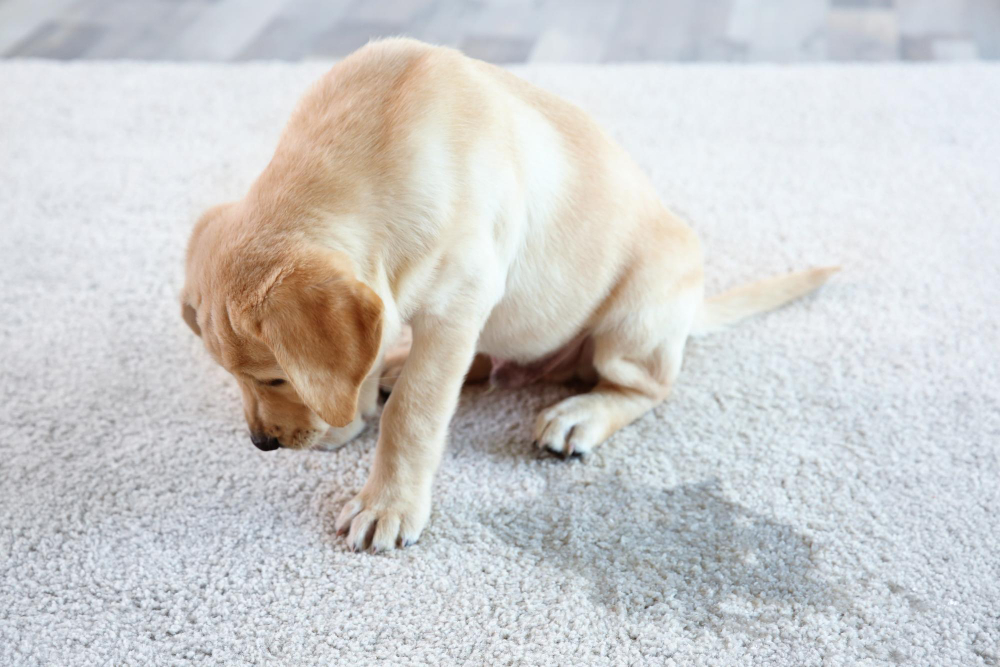
Now, let's talk about what these fleas or "fur destroyers" look like. They are reddish brown small insects.
Their size? Well, they're a mere 1-2 millimeters long, smaller than your pinky nail. And here's the fun part – they're jumpers! Yes, you read that right. Fleas have the uncanny ability to jump, and they use it to move around your dog's fur.
With their flat bodies and specialized mouthparts, these little guys are all set to pierce the skin and have a blood feast. Imagine them like tiny acrobats leaping around your dog's fur to find the perfect spot for their little snack.
So, in a nutshell, fleas are small, reddish-brown, and agile jumpers – not the kind of guests you'd want on your dogs.
How Flea Bites Look On Your Dog
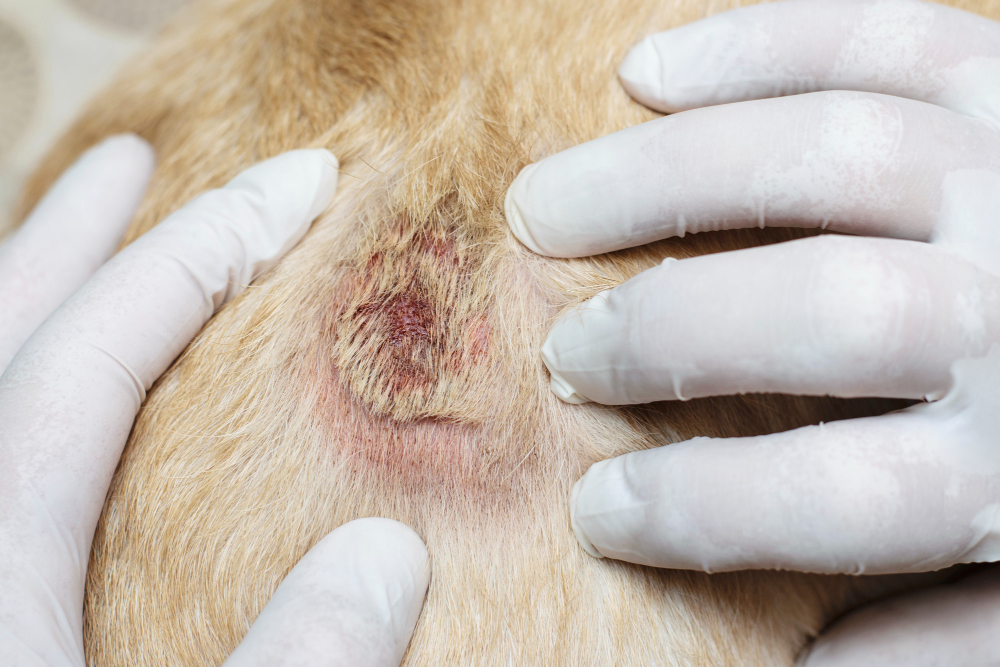
Suppose your furry friend suddenly starts scratching excessively, develops tiny red, itchy bumps, and displays overzealous biting.
In that case, you might be dealing with flea bites. These pesky creatures leave clusters of red, raised spots on your dog's skin, primarily around the neck, back, belly, and the base of the tail.
Flea infestations can cause hair loss and skin irritation. Keep an eye out for "flea dirt," dark specks on your dog's fur. This is a clear indicator of fleas.
Rest assured, we'll guide you on how to tackle this issue and rid your pup of these unwelcome visitors.
What Do Flea Eggs on a Dog Look Like?
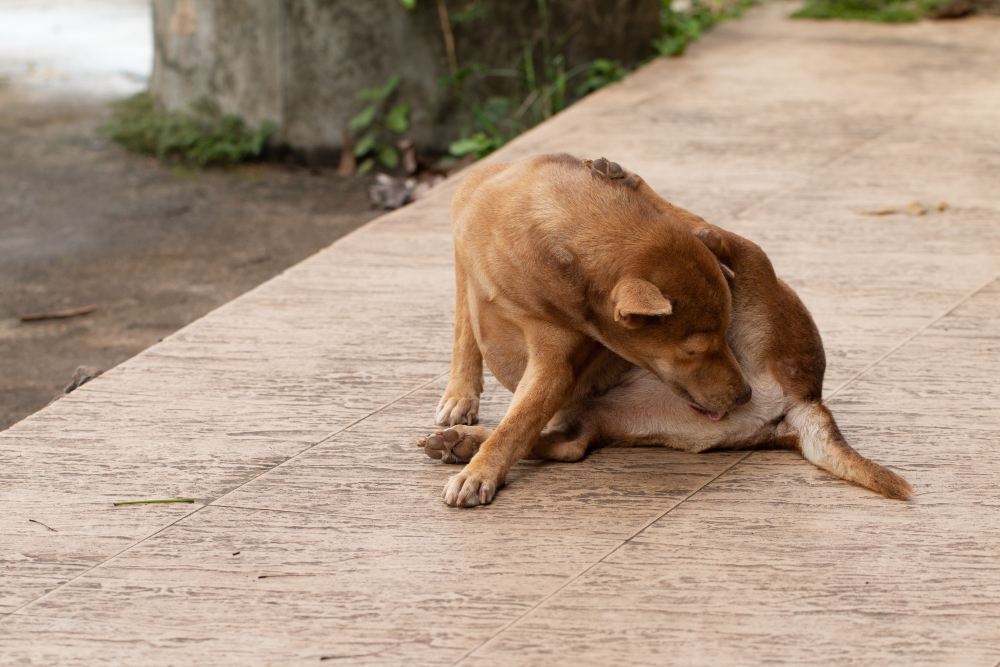
Now, talking about the next generation of fleas - its eggs. That is a flea problem. A flea embeds its eggs in the host's body.
Flea eggs are usually microscopic. These are white and look like little oval-shaped grains of sand. Their size is usually 0.5 millimeters in length and are only half that in width. Think of them as a grain of salt. Its that tiny. Flea eggs have a soft shell. This shell is called "chorion" and has an off-white color.
So if you see fleas in your dog's fur, chances are that you'll also come across flea eggs. So examine your dog's fur thoroughly to remove eggs. Otherwise the infestation will just keep increasing in size and your furry friend will keep scratching.
How To Check Your Dog For Fleas?
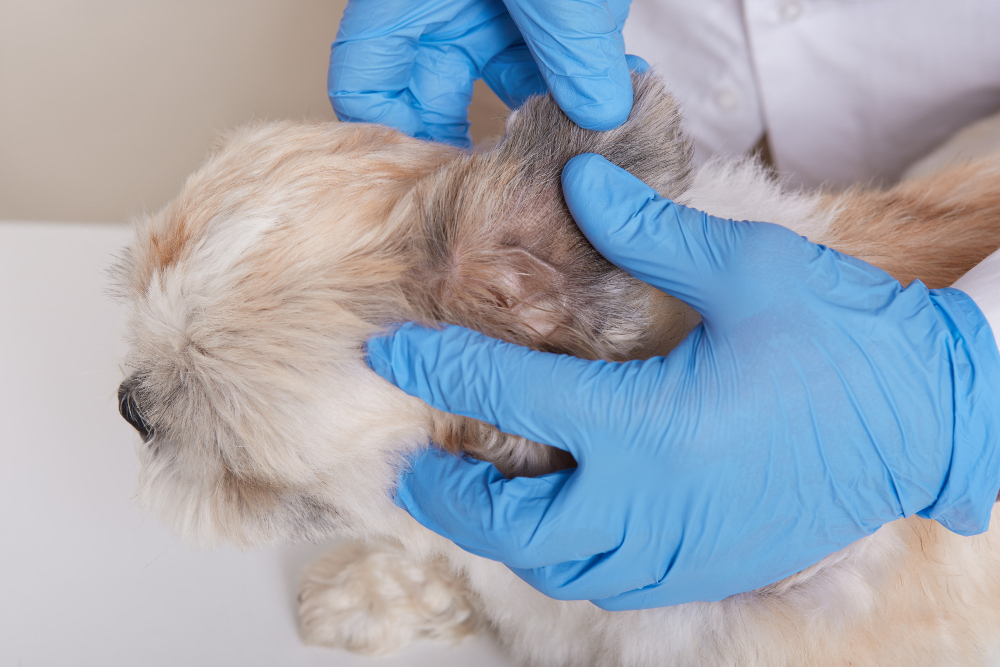
Now, let's get down to the nitty-gritty of how to inspect your furry friend for those pesky fleas. Think of this as your very own detective mission, only the stakes are higher (your dog's comfort, of course)!
Let's kick things off with your trusty sidekick – the flea comb. This should be in your dog grooming accessories. This handy tool is like a magnifying glass for your investigation. Gently comb through your dog's fur, paying extra attention to the usual hiding spots.
You know, the neck, ears, and tail. Checking your pet for fleas is like giving your dog a spa day, minus the cucumber slices on their eyes (they might appreciate that, though).
Now, let's play hide-and-seek with those sneaky fleas. Gently part your dog's fur and closely examine their skin. Is there any redness, small bumps, or irritated areas? It's like giving your pup a mini massage, and who can say no to that?
Aha! The smoking gun. You've hit the jackpot if you spot those dark, pepper-like specks on your dog's fur (flea dirt). But wait, to be extra sure, place these specks on a wet paper towel. If they turn reddish or brown, it's a sign of flea excrement. It's like solving a mystery – you're the hero, and these are your clues.
If you think your furry friend is hosting a flea fiesta or you notice any signs of a flea infestation, don't hesitate to call your vet. They're the experts in this thriller, and they can diagnose the issue. Once they know what the issue is they will recommend the right treatment options.
Final Words!
So that's a wrap for today's article. We hope, our article helped you find out what fleas look like. We also told you what flea eggs look like and signs of fleas in your dog's fur.
Adult fleas, female fleas, cat fleas, dog fleas, flea saliva, or flea larva are all things that are putting your dogs in agony because of itchy bites. So try as much as possible to get rid of fleas by getting flea treatment, flea collars, or anti-flea spray.
As the flea population grows rapidly and spreads easily, you may not feel it, but your dog does. Flea infestation is a real problem, so our job is to prevent it. Make your home dog flea-free by hiring a local pest control professional.
If left untreated, fleas can cause a lot of problem to your pet's skin, including flea allergy dermatitis. So do flea control on time. That's the only way to stay safe and keep your pets safe.



















